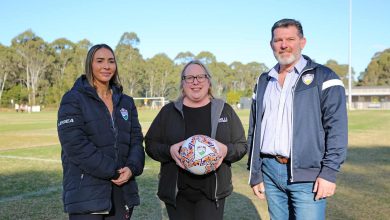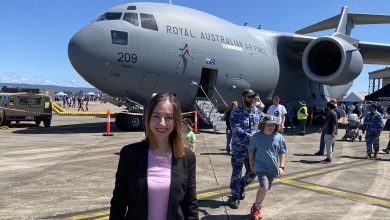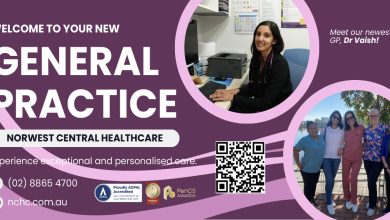Urban Freight in Sydney and Transport NSW (TfNSW) Prioritising Urban Freight in NSW
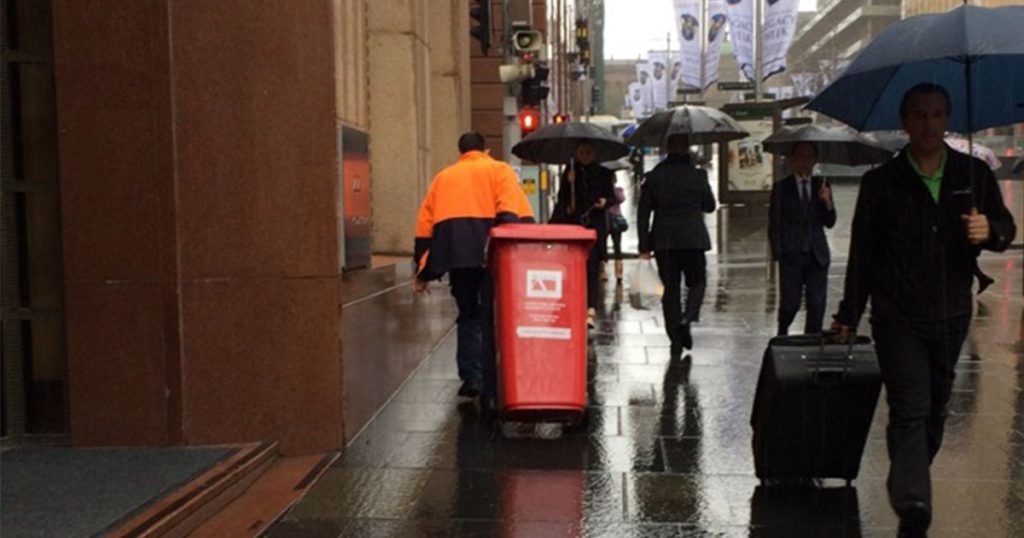
We discussed Urban Freight in New South Wales with Michael Stokoe, Director of Urban Freight at Transport NSW, to explore how Urban Freight has transformed the way we engage with Cities.
Urban Freight is the system and process by which goods are collected, transported, and distributed within urban centres. It is often associated with “the last mile”, the final leg of the freight task with goods being delivered to the final customer. (https://www.transport.nsw.gov.au/industry/freight-hub/urban-freight)
Michael Stokoe initiated and developed the Urban Freight Forecasting Model (UFFM), an interactive web model that supports the forecasting of urban freight activity generated by buildings and developments. https://www.transport.nsw.gov.au/industry/freight-hub/urban-freight/urban-freight-forecasting-model
1. Why Urban Freight and your view on the last 5 years,
Urban Freight is a really interesting challenge and one that is often ignored. The basics is that people generate demand for goods and services; every one of them… From the last mile freight perspective, that generation of demand has a almost perfect correlation to the density of people – if there are no people then there is no urban freight, if there is a high density of people then there is a lot of freight generated. A successful place could be measured by the amount of freight and servicing vehicles that arrive there, or the amount of waste it generates. I’m not saying this is a good thing, but it’s a metric. Freight in this sense is the manifestation of that demand for goods and services. The irony is that when people give consideration to making successful places, it’s often a case that the freight task (provision of goods and services) is demoted as a priority.
Note that I am not wedded to any mode of transport – as long as peoples demands are satisfied in an efficient manner that is also good for the urban environment.
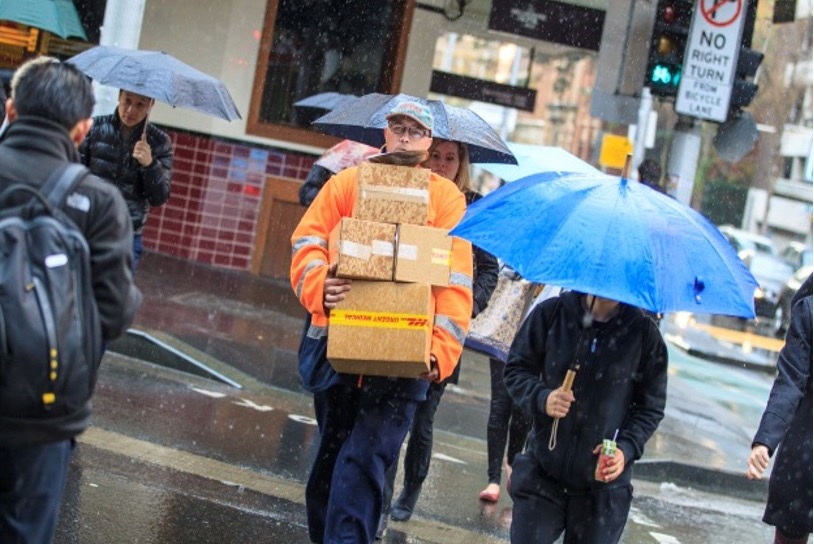
2. What can the local council do to make urban freight efficient?
Urban freight is an integrated and multi disciplined issue. There is a need to consider land use planning for the best outcomes.
All councils are interested in localised place-making and allocating more space to people. This is ok, but you still need to ensure the place is serviceable in order to be successful. In the urban freight arena there are multiple ways to get goods across the last mile and last metres, some more efficient than others, others more socially and environmentally acceptable than others.
What is important for freight operators though is efficient access to make a location servicable. Again there are several ways that this can be done. There are numerous options that can be summarised by Travel Demand Management 4Rs approaches of Reroute, Reduce, Retime, Remode. A starting point though is for local councils to understand their local freight trip generation and appreciate why it is generated. Then consider methods to best address it. It could be one or a combination for the above 4R’s and also consider how the planning of some land or space will deliver the best outcomes.

3. What are the strategies of TfNSW to help local urban freight?
It continues to suprise me that people don’t recognise this even though it is about 20% of traffic and non-discretionary activity.
Back in 2018 after meeting Local Authorities in discussions about Local Strategic Planning Statements, we resolved to publish the Last Mile Toolkit document as a guide for them. We do have contact with several LGAs and provide advice to plans and place making. To supplement this, the Last Mile Toolkit is there to help planners. We have and will continue to add resources to this Toolkit.
For example by undertaking surveys across 45 buildings covering multiple land uses, we have developed a good database of trip generation rates. To make these easy to use in an efficient process we built the Urban Freight Forecasting Model, accessible to all and endorsed by several councils. This enables an efficient and meaningful way to understand traffic.
In summary, I want people to have a better understanding of urban and last mile freight both qualitatively and quantitatively. I also want to provide the tools to make it easy to understand. By this approach we can find ways to better incorporate it into planning and in so doing increase the efficiency of freight operations and the urban environment.
4. What is your background on Urban Freight, and why are you passionate about Urban Freight?
I did a Georgraphy degree and then a Masters Degree in Distribution and Logistics Management way back in the 90’s since, I have spent my entire working life around logistics and freight from many different perspectives. Together with this passion for efficient logistics I am fascinated about how cities work and anthropological behaviours, especially those that result in our demands for goods and services. I guess it partially fascinates me as it seems something little other people pay attention too. I think I’ve spent my career going down the road less travelled!
Alex Karki
BEng (Hons) MEng(Res) UNSW, MAITPM, MIEA
Principal Traffic & Parking Engineer
P: 02 9056 5043
M: 0491 375 515
E: [email protected]
W: www.trafficengineers.sydney
L: Nexus Building 4 Columbia Court, Norwest NSW 2153
Postal: Post Box 8020,Norwest, NSW 2153

